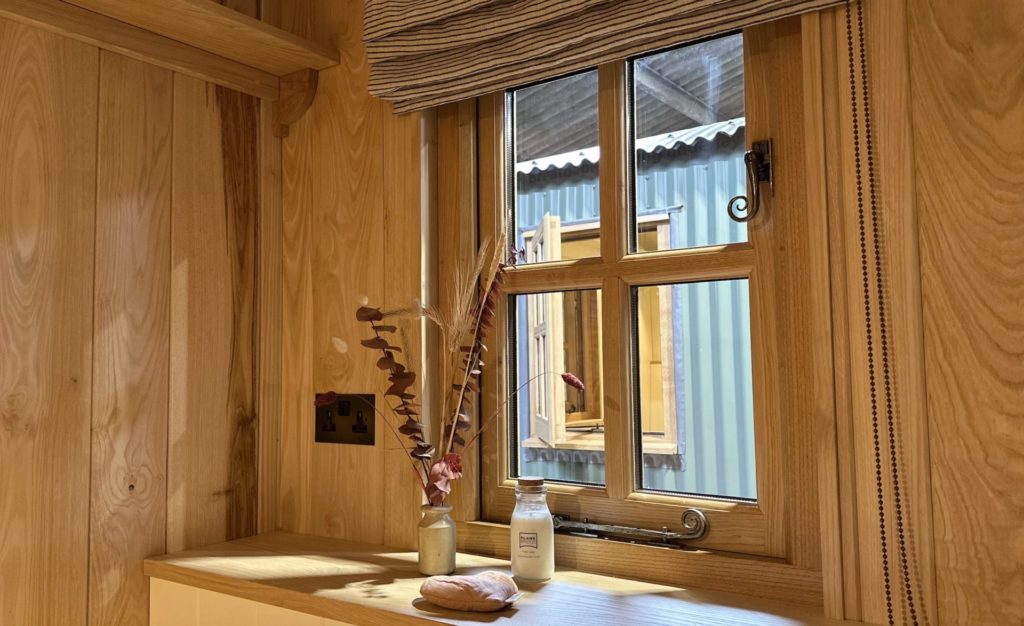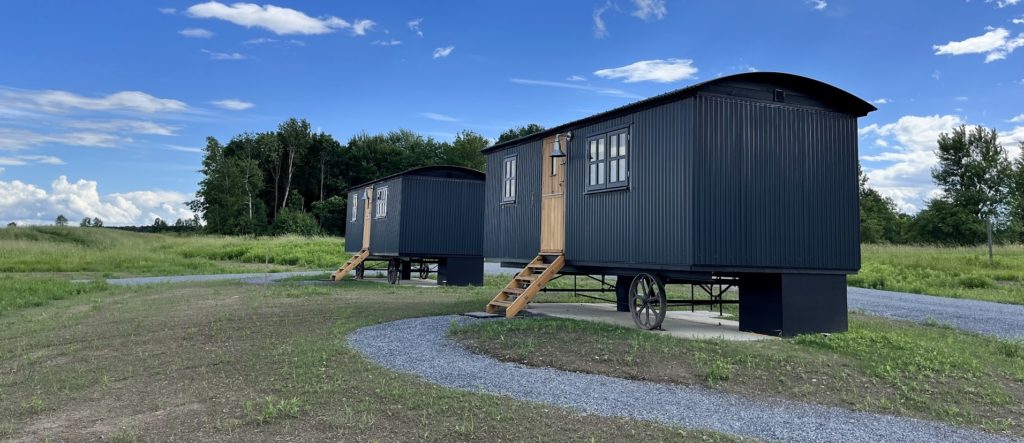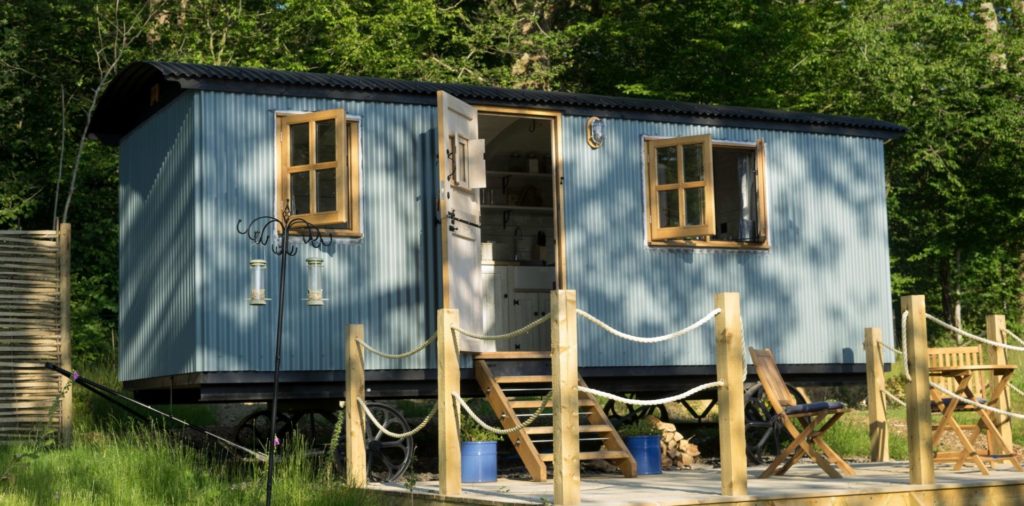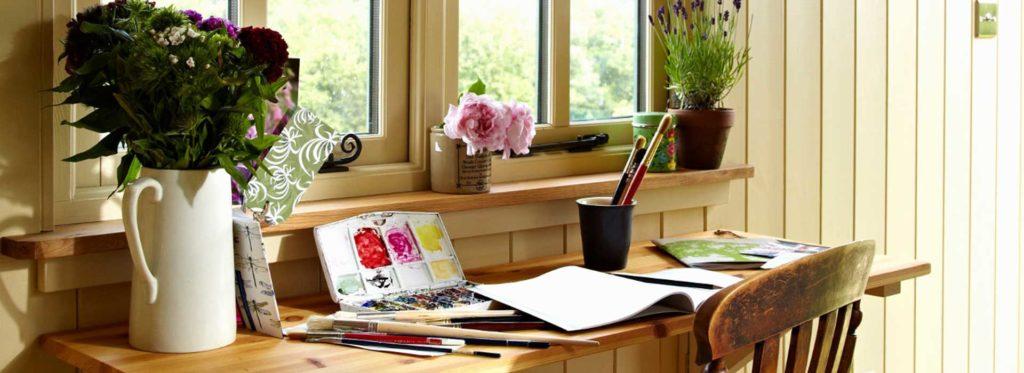The thorny topic of planning has come up a lot in the Press over the week. It’s almost the accepted wisdom that putting in a planning application for a house build or extension will be a stressful and drawn-out process. But what happens when it comes to planning permission for a shepherd’s hut? Do the same rules apply?
More often than not, this is one of the first questions we’re asked when a customer is thinking about buying a hut. It’s also one of the most searched terms on our website. People want to know that when they start off on their hut journey they are armed with the full facts.
The simple answer to the question is that the shepherd’s hut itself doesn’t need planning permission – it’s what you are doing with it that may do. As the structure is on wheels and, therefore, portable the answer is often no, but any change of use of the land that the hut stands upon may require it.

Planning permission guidelines can be found online. Local plan policy is a good starting point if you do need planning permission, as if your project falls within the local plan that is a positive thing. In the curtilage of the house, and if the enjoyment of the hut is incidental to the enjoyment of the main dwelling then you don’t need planning permission. So if the hut is near the house and you are using it to work in, have friends to stay, practise yoga, paint, read or listen to music, then that is all incidental to the enjoyment of the main dwelling.

The test of ‘has a material change of use occurred’ is a good question to ask. If a hut is placed on an agricultural field and it becomes a holiday let, then planning permission would officially need to be granted. There is a permanency question too: can the hut be moved without large machinery? Yes it can, so it isn’t seen as a permanent structure. But if your hut has plumbing connected to the drain or septic tank (perhaps for a glamping venture) then it could be seen as being less portable – and if services such as septic tanks are needed, the Environment Agency will have guidelines for that to protect water courses.
Whilst we have delivered many shepherd’s huts to National Parks and Areas of Outstanding Natural Beauty, including the Lake District, the Peak District, Dartmoor, the New Forest and the Black Mountains in Wales it is always worth running the idea past them first.
Over the years we haven’t found the planning guidelines and process too onerous, whether it’s for a homeowner seeking the reassurance of Certificate of Lawful Development or a full-blown planning application for a new holiday enterprise. It’s really about presenting the right information, at the right time and in the right way. Then it’s often down to time and the resources – but it’s well worth it.
- Explore more of our FAQs here







